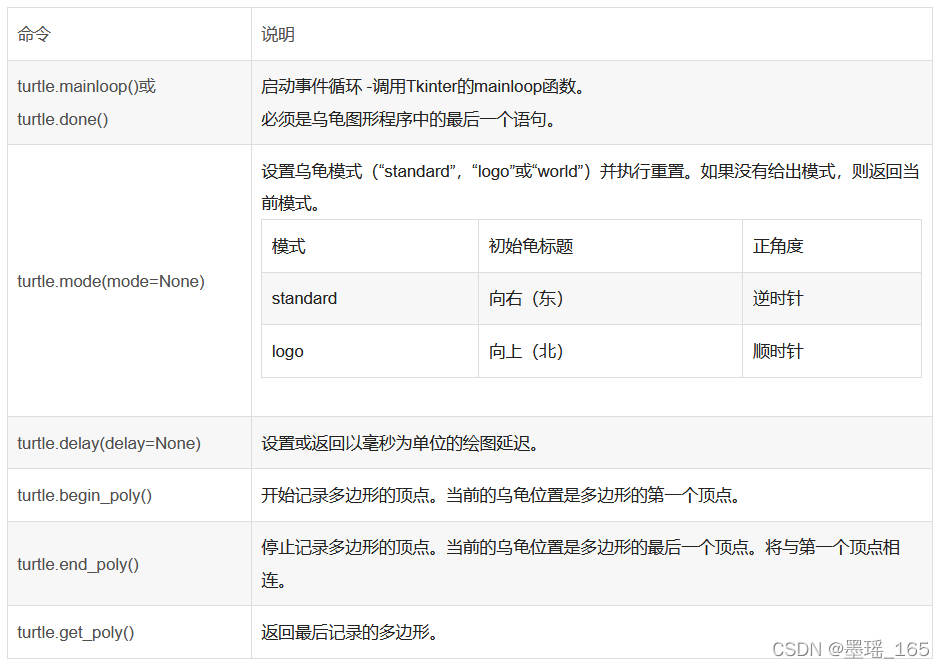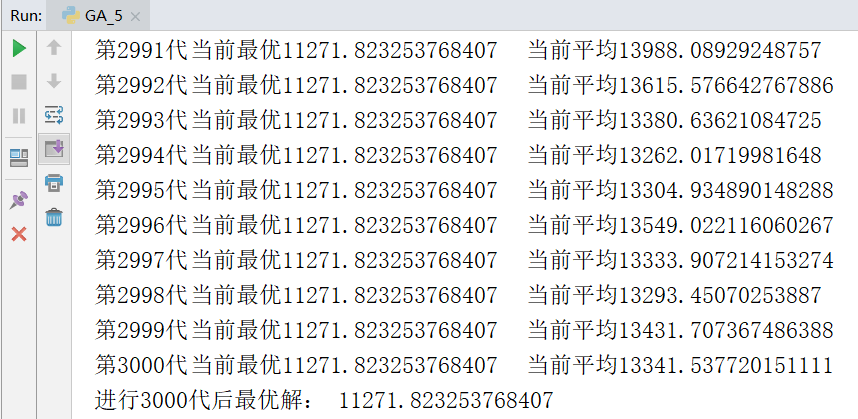这是初夏,陽光灿烂,海水湛蓝,海鸥轻巧地向船桅间滑过,生命是多彩的,充满了青春的欢乐。
1)按,分隔
a, b = 0, 1 while b < 1000: print(b, end=',') a, b = b, a+b 1,1,2,3,5,8,13,21,34,55,89,144,233,377,610,987,
2)按空格分隔
a, b = 0, 1 while b < 1000: print(b, end=' ') a, b = b, a+b 1 1 2 3 5 8 13 21 34 55 89 144 233 377 610 987
3)print的用法
print(...) print(value, ..., sep=' ', end='\n', file=sys.stdout, flush=False) Prints the values to a stream, or to sys.stdout by default. Optional keyword arguments: file: a file-like object (stream); defaults to the current sys.stdout. sep: string inserted between values, default a space. end: string appended after the last value, default a newline. flush: whether to forcibly flush the stream.
以上这篇python print 按逗号或空格分隔的方法就是小编分享给大家的全部内容了,希望能给大家一个参考,也希望大家多多支持。





